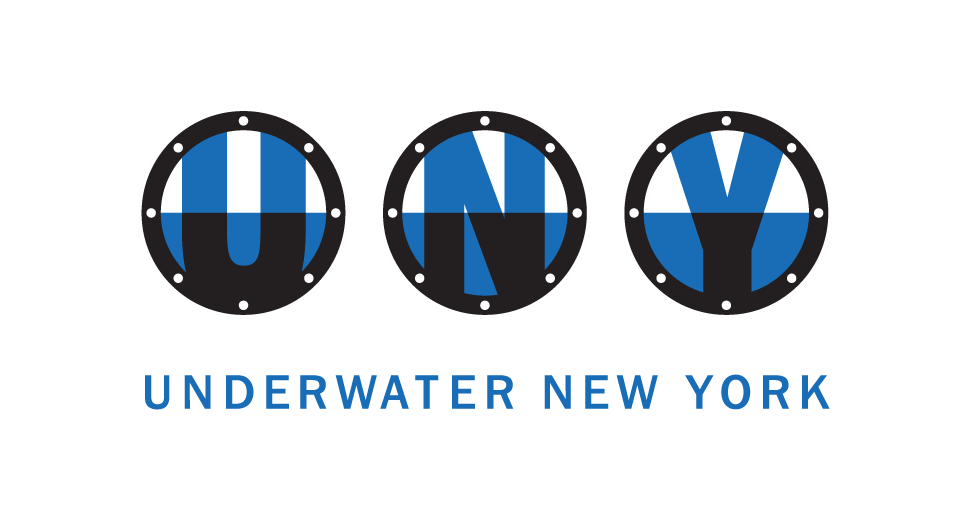Wetlands
Artist Statement
Although I spent considerable time in actual wetlands in Eastern Long Island as a kid, I have come to think of the very developed concrete waterfront areas of New York City as wetlands too, no matter the stark misnomer. In considering New York City and surrounding areas from above for my paintings, I frequently use historical maps because I am drawn to their beauty and simplicity of form. Much of the New York they depict is now changed by landfill and these are areas that are vulnerable to climate change and the rising waters it will bring. Looking down at meandering coastline and the urban shapes and patterns as I create these abstract aerial paintings, it is hard not to see the City as a group of islands no matter how much 21st Century life allows us to ignore that reality.
My recent paintings are explorations of the way landscape can be composed from fragments of experience. Using the vocabulary of modernist abstraction, my aim has been to capture visual records of how we understand and remember our environment in pictorial form. What particularly interests me is how we locate ourselves in a landscape and how our sense of landscape is influenced by all the various forms of travel, both real and virtual that contemporary life offers us.
I create abstract aerial views that draw from a variety of sources including printed maps, Google Earth, drone photography and other digital information systems, as well as my own memory of place. In the 21st Century we’re bombarded with these visual information systems, which color our understanding of the world around us. When we navigate the world, we often find ourselves somewhere we have first encountered beforehand in symbolic reduced form. This has an impact on our understanding of landscape that is ever changing with contemporary society. My work contemplates how the language of painting can represent these shifts.
Whereas the smaller paintings I make are often directly from memory, the larger work uses historic maps as a starting point. The most recent of these involve low lying coastal areas that will one day be affected by rising oceans, something that has been preoccupying me. Shape and color, negative and positive space are used to create movement. I use tape lines that invoke man made and natural divisions of land and the shifts and hybrid forms that are present in visual recreations of it. Retaining some pure shapes, such as squares and triangles allows me to set up formal relationships that are the dynamic of geometric abstraction, and helps create a dialogue between rational and invented forms. I depict a kind of hovering state that mirrors both my vantage point and one that has become increasingly common with today’s visual technology. Laying the canvases on the floor of my studio as I make them allows me to consider the plane below as both cartographer and artist.
About the Artist
Elizabeth Hazan is an artist and curator who was born and raised in New York City. She creates abstract aerial landscapes that explore memory of place and the impact that current technology such as digital mapping systems has on our visual understanding of the world around us. Hazan attended Bryn Mawr College and the New York Studio School. She has been awarded fellowships and residencies to Skowhegan and to Yaddo, and received a grant from the Peter Reed Foundation for the 2017-2018 year. Her work has been shown in numerous group and solo shows in museums and galleries throughout the U.S., most recently at Janet Kurnatowski and Morgan Lehman galleries in New York.










